Sustainable Solar Greenhouses !!
scott361
17 years ago
Related Stories
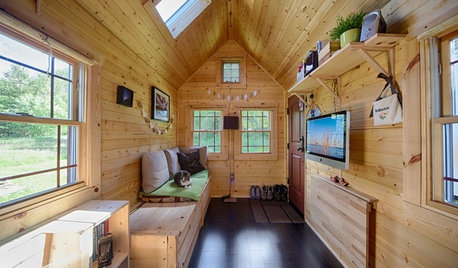
SMALL HOMESHouzz Tour: Sustainable, Comfy Living in 196 Square Feet
Solar panels, ship-inspired features and minimal possessions make this tiny Washington home kind to the earth and cozy for the owners
Full Story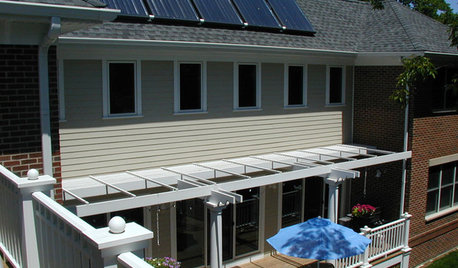
ARCHITECTUREArchitect's Toolbox: Solar-Powered Design
See how your home's design can take advantage of the sun's natural energy all year
Full Story
GREEN BUILDINGGoing Solar at Home: Solar Panel Basics
Save money on electricity and reduce your carbon footprint by installing photovoltaic panels. This guide will help you get started
Full Story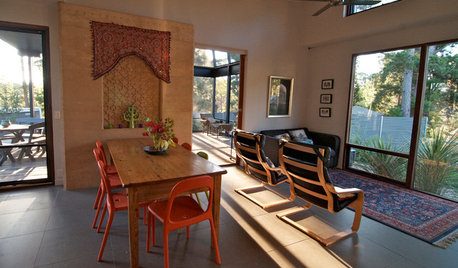
GREEN BUILDINGMy Houzz: Sustainability Meets Global Style on an Australian Hilltop
It puts the power of the sun to work while keeping the budget in check and family socializing front and center
Full Story
HOUZZ TOURSHouzz Tour: A Seattle Home Reaches for High Sustainability
Tapping into rainwater, sunlight and natural ventilation, a Washington state home gets both green cred and a gorgeous look
Full Story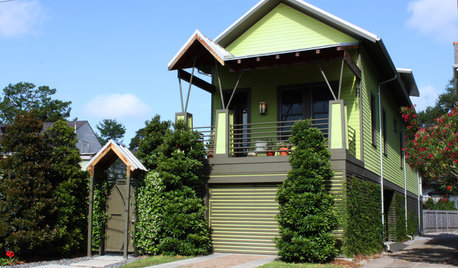
HOUZZ TOURSMy Houzz: Newly Sustainable in New Orleans
Energy-efficient and recycled materials plus an elevated perch give a post-Katrina Louisiana home a great new start
Full Story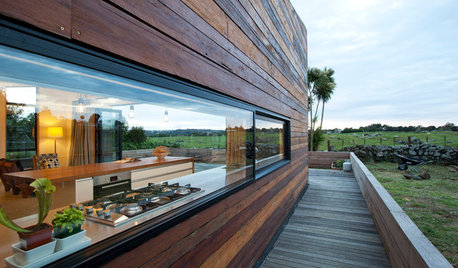
HOMES AROUND THE WORLDHouzz Tour: Eastern Philosophy Meets Sustainability
A contemporary home in Auckland, New Zealand, immerses itself in nature and the Sthapatya Veda architectural discipline
Full Story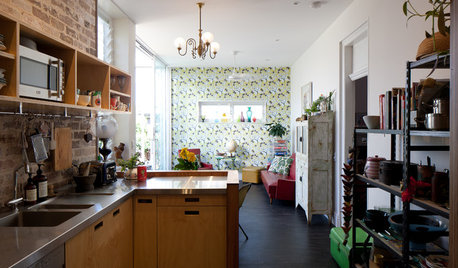
GREEN BUILDINGHouzz Tour: Home Keeps Its Place on ‘Sustainability Street’
Materials are reused and recycled in a midcentury brick bungalow for an energy-efficient remodel and addition
Full Story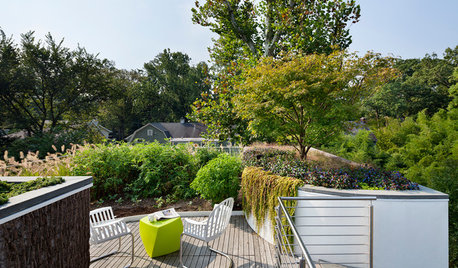
LANDSCAPE DESIGNProblem Solving With the Pros: Sustainable Landscape Captures Runoff
An underground cistern, permeable paving and a rain garden are part of this Washington, D.C. yard's thoughtful design
Full Story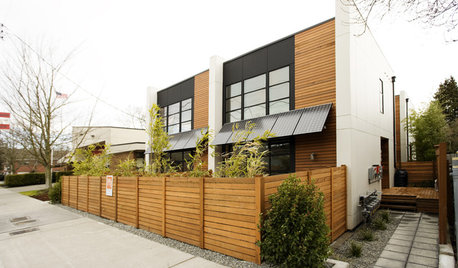
REMODELING GUIDESHigh Design With Solar Panels
Solar panels find new function as elements of smart home design
Full Story






garyfla_gw
scott361Original Author
Related Professionals
Summit Landscape Architects & Landscape Designers · Vernon Hills Landscape Architects & Landscape Designers · Buford Landscape Contractors · Aloha Landscape Contractors · Andover Landscape Contractors · Cupertino Landscape Contractors · Sammamish Landscape Contractors · Streamwood Landscape Contractors · Wareham Landscape Contractors · West Orange Landscape Contractors · Tyngsboro Landscape Contractors · Green Valley Solar Energy Systems · Eden Prairie Solar Energy Systems · Saratoga Springs Solar Energy Systems · New Lenox Solar Energy Systemsmollyd
garyfla_gw
scott361Original Author
chris_in_iowa
nathanhurst
chris_in_iowa
nathanhurst
garyfla_gw
nathanhurst
erlyberd
nathanhurst
scott361Original Author
orchiddude
nathanhurst
orchiddude
chris_in_iowa
scott361Original Author
orchiddude
stoneunhenged
nathanhurst
stoneunhenged
orchiddude
mawg
nathanhurst
stoneunhenged
hitexplanter
chris_in_iowa
mawg
nathanhurst
stoneunhenged
chris_in_iowa
Karen Pease
nathanhurst
scott361Original Author
plantladyco
Karen Pease
scott361Original Author
plantladyco
scott361Original Author
plantladyco
scott361Original Author
plantladyco
erlyberd
nathanhurst